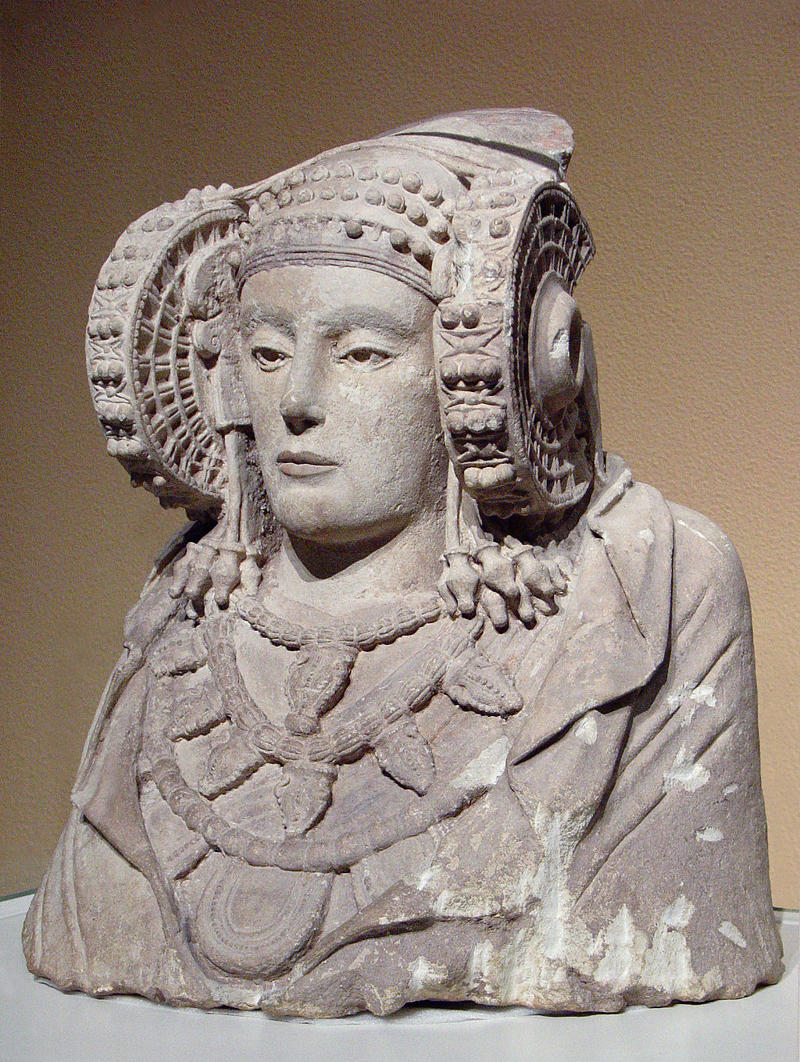Quick Generate
Model Description by Creator
The Lady of Elche (Spanish: Dama de Elche, Valencian: Dama d'Elx) is a limestone[1] bust that was discovered in 1897, at La Alcudia, an archaeological site on a private estate two kilometers south of Elche, Spain. It is now exhibited in the National Archaeological Museum of Spain in Madrid.
It is generally known as an Iberian artifact from the 4th century BC, although the artisanship suggests strong Hellenistic influences.[2] According to The Encyclopedia of Religion, the Lady of Elche is believed to have a direct association with Tanit, the goddess of Carthage, who was worshiped by the Punic-Iberians.
 prompts:
prompts:
a woman with a ponytail braid in a ponytail with a ponytail in it's center and a ponytail in her left side, dirty, a woman with a braid and makeup on her face and a white shirt on her shoulders and a white shirt on her head
long hair, covered with a veil in top of the hood, bust picture of Lady of Elche
old, neanderthal man, neanderthal


















